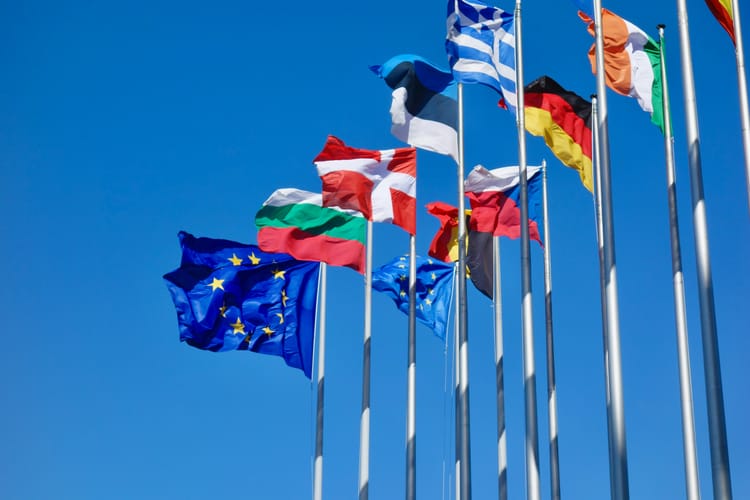GRI launches new ISSB-aligned climate standards

The Global Reporting Initiative (GRI) has launched a new standard for companies to report on climate impacts and actions in line with the ISSB’s own climate-related standard.
The new GRI 102 Climate Change standard puts emphasis on emissions reductions as the primary mitigation step, sets reporting expectations based on science-based targets and global climate goals and incorporates ‘just transition’ metrics covering impacts on workers, local communities and Indigenous Peoples.
It has been granted equivalence to the International Sustainability Standard Board (ISSB)’s IFRS S2 standard on climate-related disclosures, enabling streamlined reporting for companies.
In addition, GRI also released the GRI 103 standard on energy, covering disclosures on decarbonisation efforts, renewable and non-renewable energy use, and positioning responsible energy use as a central component of a company’s approach to climate change mitigation.
Uniting human and environmental aspects of the climate transition
“Climate change is a deeply human issue, as much as it is an environmental one, and these new GRI Standards are unique in bringing these dimensions together. GRI 102 and 103 will enable transparency and action on climate and energy impacts that drives decision-making by companies, regulators, investors and other stakeholders,” said Robin Hodess, GRI CEO, upon announcing the new standards during London Climate Action Week.
“It is also significant that GRI 102 and IFRS S2 are complementary, and can be used together to disclose climate-related impacts, risks and opportunities. The result is sustainability reporting that supports real world solutions to one of our greatest challenges,” she added.
Interoperability between GRI 102 and IFRS S2
Standard-setters across the sustainability spectrum have been working to improve interoperability, and the equivalence between GRI 102 and IFRS S2 is a key step in this process.
It means organisations that report using both GRI 102 and IFRS S2 can use the equivalent IFRS S2 disclosures for Scope 1, Scope 2 and Scope 3 GHG emissions to meet GRI 102 requirements – provided that they measure their greenhouse gas emissions in accordance with the Greenhouse Gas Protocol and include a reference to the location where the information for each of the disclosures can be found.
“We are delighted that the GRI have granted equivalence to IFRS S2 Climate-related Disclosures for disclosures of GHG emissions under GRI 102. This will enable companies to prepare just one set of GHG emissions disclosures in accordance with IFRS S2, to meet the requirements in both standards. Beyond this, the two standards can be used together – assisting preparers in providing information to investors and a broader range of stakeholders about their climate-related impacts, risks and opportunities in an efficient manner,” commented Sue Lloyd, Vice-Chair of the ISSB.







Member discussion